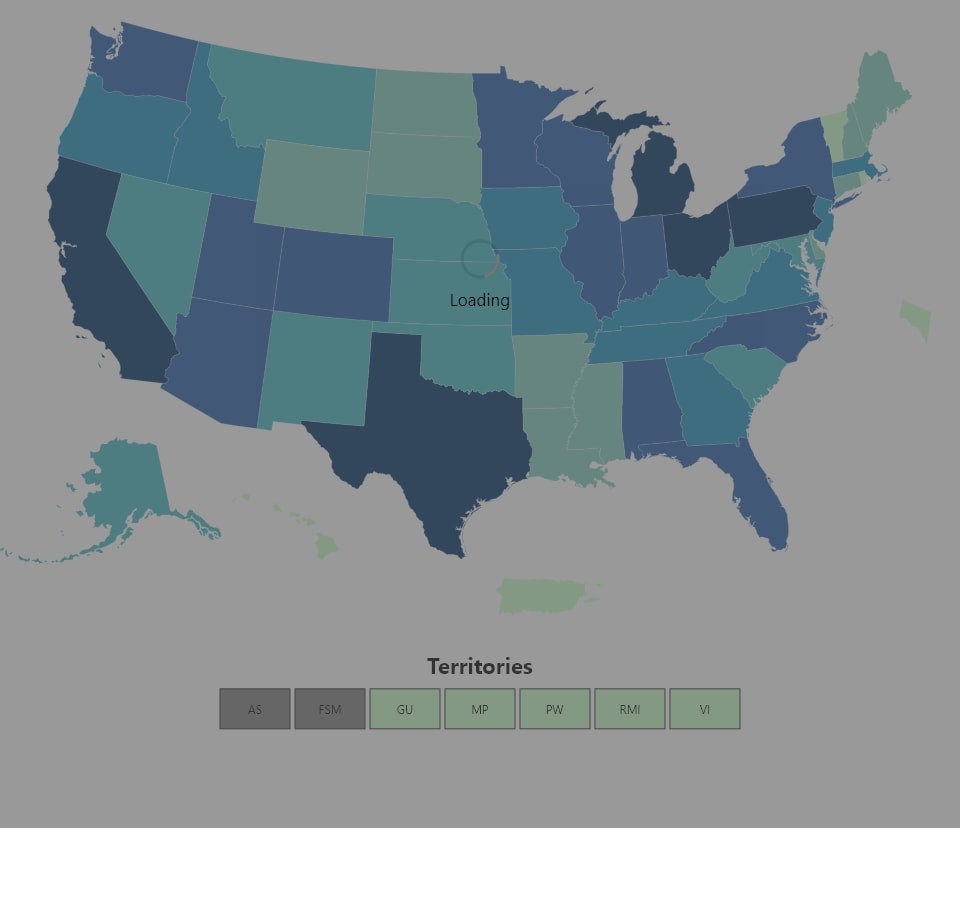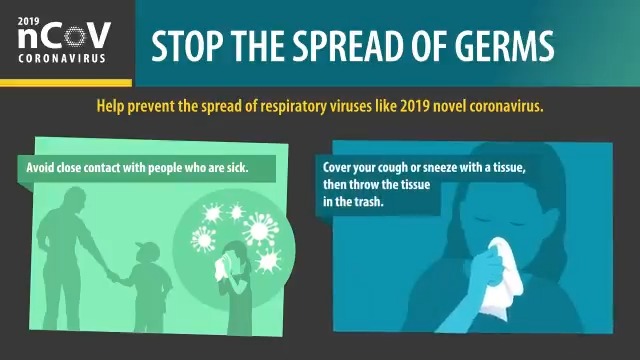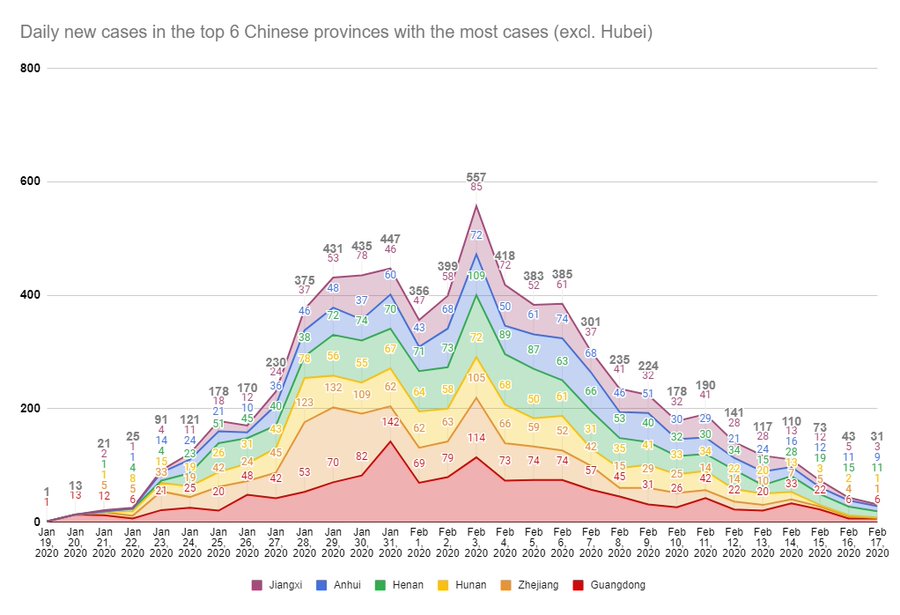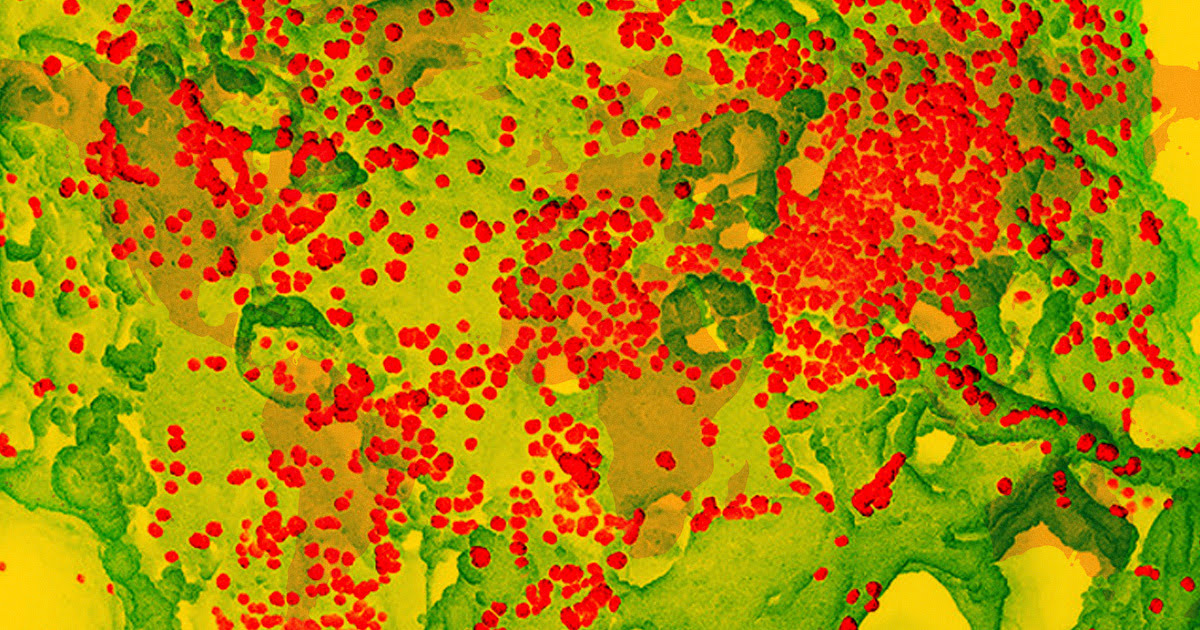https://edhub.ama-assn.org/jn-learning/audio-player/18217492?resultClick=1&bypassSolrId=M_18217492
transcript
Howard Bauchner: Hello and welcome to this livestream event. This is Howard Bauchner, Editor-in-Chief of JAMA, and I'm here with Tony Fauci, the director of National Institute of Allergy and Infectious Diseases and we're obviously, once again, going to talk about the novel coronavirus epidemic, now pandemic that's occurred in China and now is sadly moving around the world. Welcome, Tony.
Tony Fauci: Good to be with you, Howard.
HB: I want to thank you for joining us, I know you're busy, you've been on a lot of different broadcasts, you know, this one is really focused for physicians and other clinicians, so I -- I really appreciate that you've taken the time. Before we start, I just wanted to mention to the people who are watching this, it's streaming on YouTube and Facebook, it will be live as a podcast sometime early tomorrow morning. JAMA has currently published three pieces, the first, which was in fact, by Tony with his two co-authors Hilary Marston and Catharine Paules was “Coronavirus Infections, More than Just a Common Cold,” that was accompanied by another viewpoint by Larry Gaston and his two co-authors, Rebecca Katz and Alexandra Phelan entitled, “The Novel Coronavirus Originating in Wuan China, Challenges for Global Health Governance.” We put up another viewpoint early yesterday by Carlos Del Rio and Preeti Milani entitled, 2019 Novel Coronavirus, Important Information for Clinicians.
What I want to alert the listeners and people who are watching is we are putting up two very important papers tomorrow morning [February 7]. The first is a long research report entitled “Clinical Characteristics of 138 Hospitalized Patients with 2019 Novel Coronavirus-Infected Pneumonia in Wuhan China.” We think it's the largest case series to date and has some really important information in it, I would just comment, we held that publication for a day or two because there were one or two critical facts that we really, really wanted to make sure were correct. But just to highlight two of the findings, the first is, of these 138 patients, 36 ended up in the intensive care unit, and so there's quite a bit of details about the complications of these 36 patients. And the other, which is using a preliminary definition was that almost 40% of this sample of 138 hospitalized patients were infected by individuals who had come to the hospital and were infected.
Now this is a presumed figure, but it's quite high, and I think it will be of interest to all of the readers. So, Tony, you and I correspondent yesterday a bit, why don't we start the big picture, and then walk through it, and then I know I have some other specific questions. So, as of this morning, about 28,000 infected individuals worldwide, over 500 deaths, where do we stand with respect to China?
Tony Fauci: Well -- you know, China has the overwhelming bulk of the infections and the issue here, Howard, that I think is really important is that the cases that we're getting the numbers every day in almost real time are the numbers that you just gave as of last night. If you do the math on that, as we've done every day, it's remarkable that the fatality rate -- the case fatality rate has stayed at 2%. The issue is on conversations with our scientific colleagues and public health colleagues in China, it's very clear that the people who are getting caught in that umbrella of reporting are the people who present themselves to a hospital, about 25%, as you mentioned, of these individuals have serious enough disease to put them in the intensive care unit. However, there's another whole cohort that is either asymptomatic or minimally symptomatic that are going to make that denominator much, much larger than it is.
And the reason I think this is important is because this is acting if the case fatality rate goes down to a really, really bad flu season type fatality, the fatality in a normal flu season is about .1%. When you get into the pandemics of 1957, 1968, it goes up to, you know, 0.8 to 1, 1.2. When you get to the 1918 pandemic, the famous Spanish flu that killed 50 to 100 million, people you go up to as much as 2%. So, if this goes down to the, 1, or .8, .9, 1, 1.1, it's acting more like a really bad flu season or a pandemic flu that we've experienced. The reason I say this is that it's acting less like SARS, which has much less efficiency in transmissibility, but a death rate of 9 to 12%, similar to MERS, which is not efficiently adapted to humans, it doesn't spread as well, but has a fatality of about 36%.
So, I think that we can say we don't know everything about this virus, but it's evolving in a way that looks like it's adapting itself to infecting much better. But we're going to start seeing a diminution in the overall death rate.
HB: Yeah, you and I chatted about this briefly before that we weren't quite sure what the denominator was, we were very good about counting the numerator, but the denominator was much more difficult. Tony, what's popped up in a number of viewpoints that's come across my desk, some of the literature is this -- RO. Could you explain this R thing that people have been writing a lot about?
HB: This is Howard Bauchner, Editor-in-Chief of JAMA. I've been speaking with Tony Fauci. Tony, again, on behalf of our listeners, JAMA, the U.S. people around the world, thank you. I do want to emphasize that we have a coronavirus educational center. We've put up a number of opinion pieces, we'll be putting up two very, very important research papers tomorrow, and then a couple over the weekend. I'm sure we'll pepper some of the research papers with more opinion pieces. We've made these free to the world, many are being translated into simple Chinese. And I would be remiss not to thank everyone who I work with the JAMA. Tony knows his viewpoint came in and went up in three days, we are really trying to process these papers quickly, we realize it's a public health emergency. On the other hand, for us, it's critically important to make sure that what we put up is accurate and true, so occasionally we have held up a paper or two for a day or so. But we're working literally around the clock to try to get out papers quickly and to make them freely available to the world....
the entire podcast and transcript is available free at the above link








